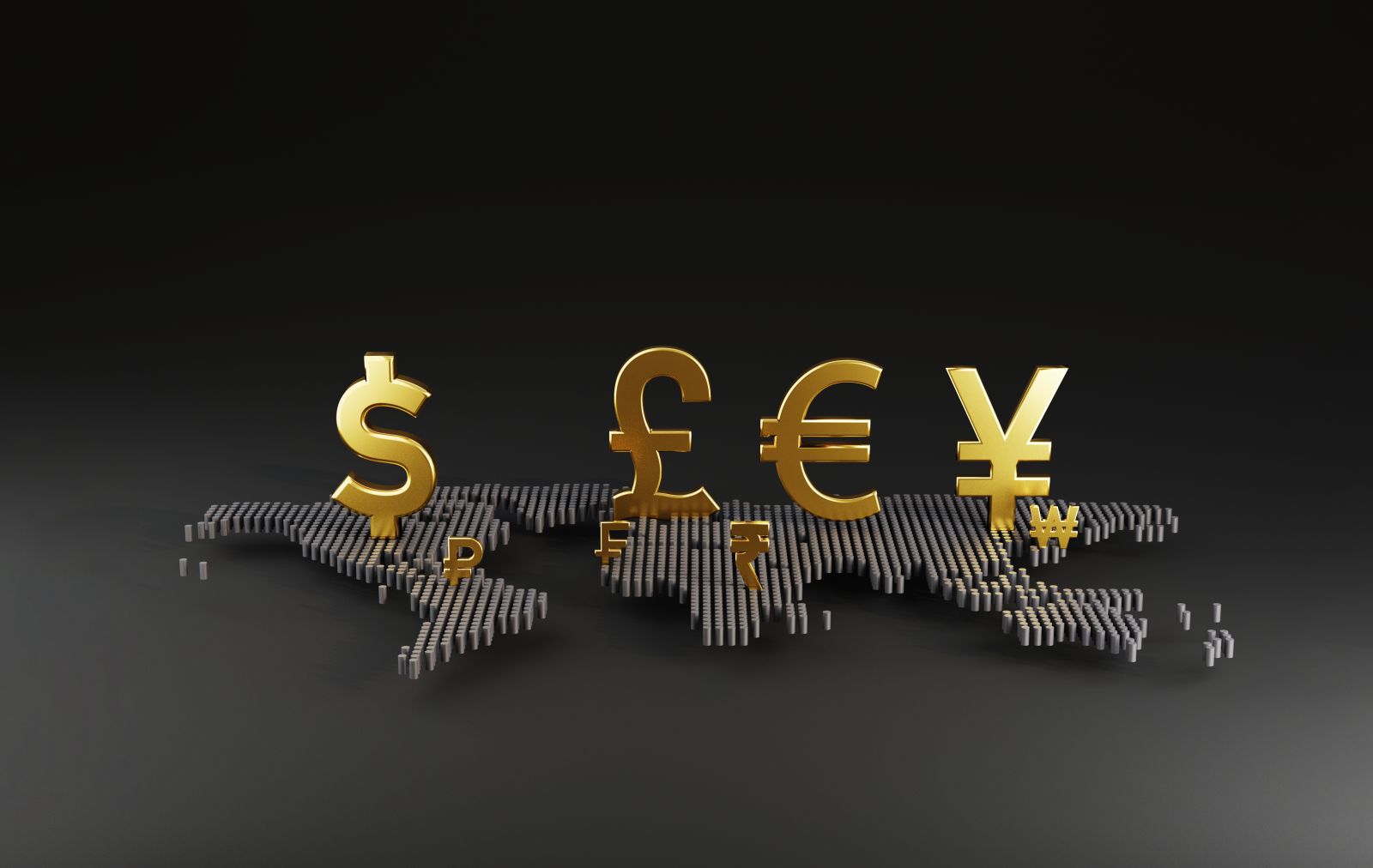
The dollar index (DXY00) Friday rose by +0.55% and posted a 2-year high. Friday’s weaker-than-expected Eurozone economic news signals a struggling European economy that is weighing on the euro to the dollar’s benefit. The dollar extended its gains Friday after the US Nov S&P manufacturing and service PMIs increased. Gains in the dollar were limited after the University of Michigan US Nov consumer sentiment index unexpectedly declined.
The US Nov S&P manufacturing PMI rose +0.3 to a 4-month high of 48.8, slightly weaker than expectations of 48.9. The Nov S&P services PMI rose +2.0 to 57.0, stronger than expectations of no change at 55.0 and the strongest pace of expansion in 2-1/2 years.
The University of Michigan US Nov consumer sentiment index unexpectedly fell -1.2 to 71.8, weaker than expectations of an increase to 73.9.
The markets are discounting the chances at 53% for a -25 bp rate cut at the December 17-18 FOMC meeting.
EUR/USD (^EURUSD) Friday fell by -0.61% and tumbled to a nearly 2-year low. The euro sank Friday on the weaker-than-expected Eurozone PMIs and German Q3 GDP reports, which were dovish for ECB policy. The weak economic news also raised the chances for the ECB's 50 bp rate cut at next month’s policy meeting to 48% from 17% on Thursday, a bearish factor for the euro. In addition, Friday’s decline in the 10-year German bund yield to a 1-month low weakened the euro’s interest rate differentials. The escalation of the Ukraine-Russia conflict is also weighing on the euro.
The Eurozone Nov S&P manufacturing PMI fell -0.8 to 45.2, weaker than expectations of no change at 46.0. Also, the Eurozone Nov S&P composite PMI fell -1.9 to 48.1, weaker than expectations of no change at 50.0 and the steepest pace of contraction in 10 months.
German Q3 GDP was revised downward to +0.1% q/q and -0.3% y/y from the previously reported +0.2% q/q and -0.2% y/y.
Swaps are discounting the chances at 100% for a -25 bp rate cut by the ECB for the December 12 meeting and at 48% for a -50 bp rate cut at the same meeting.
USD/JPY (^USDJPY) Friday rose by +0.18%. The yen on Friday posted moderate losses after the Nikkei Stock index closed higher, which curbed safe-haven demand for the yen. Also, recent comments from BOJ Governor Ueda signaled the BOJ is in no hurry to raise interest rates, a negative factor for the yen. Losses in the yen were limited after Friday’s news showed that Japan’s National Oct core CPI rose more than expected at the fastest pace in 6 months, a hawkish factor for BOJ policy. Also, the lower T-note yields Friday were supportive of the yen. In addition, safe-haven demand for the yen remains strong due to the escalation of the Ukraine-Russian war. Friday’s Japanese Nov PMI news was mixed for the yen.
Japan Oct national CPI eased to +2.3% y/y from +2.5% y/y in Sep, right on expectations. However, Oct national CPI ex-fresh food and energy rose +2.3% y/y, stronger than expectations of +2.2% y/y and the largest increase in 6 months.
The Japan Nov Jibun Bank manufacturing PMI fell -0.2 to 49.0. However, the Nov Jibun Bank services PMI rose +0.5 to 50.2.
December gold (GCZ24) Friday closed up +37.30 (+1.39%), and December silver (SIZ24) closed up +0.395 (+1.28%). Precious metals Friday rallied moderately, with gold posting a 2-week high. Escalating tensions in the Ukraine-Russia conflict have boosted safe-haven demand for precious metals after Ukraine said Russia launched a new hypersonic ballistic missile into the city of Dnipro. Also, demand for gold as a store of value increased on Friday after weaker-than-expected Eurozone economic news boosted the chances for a larger 50 bp rate cut by the ECB next month.
Friday’s rally in the dollar index to a 2-year high was bearish for metals prices. Also, Friday’s rally in the S&P 500 to a 1-week high curbed safe-haven demand for precious metals. Silver prices were also undercut after the Eurozone Nov S&P manufacturing PMI fell more than expected, and after Q3 German GDP was revised lower, negative factors for industrial metals demand.







